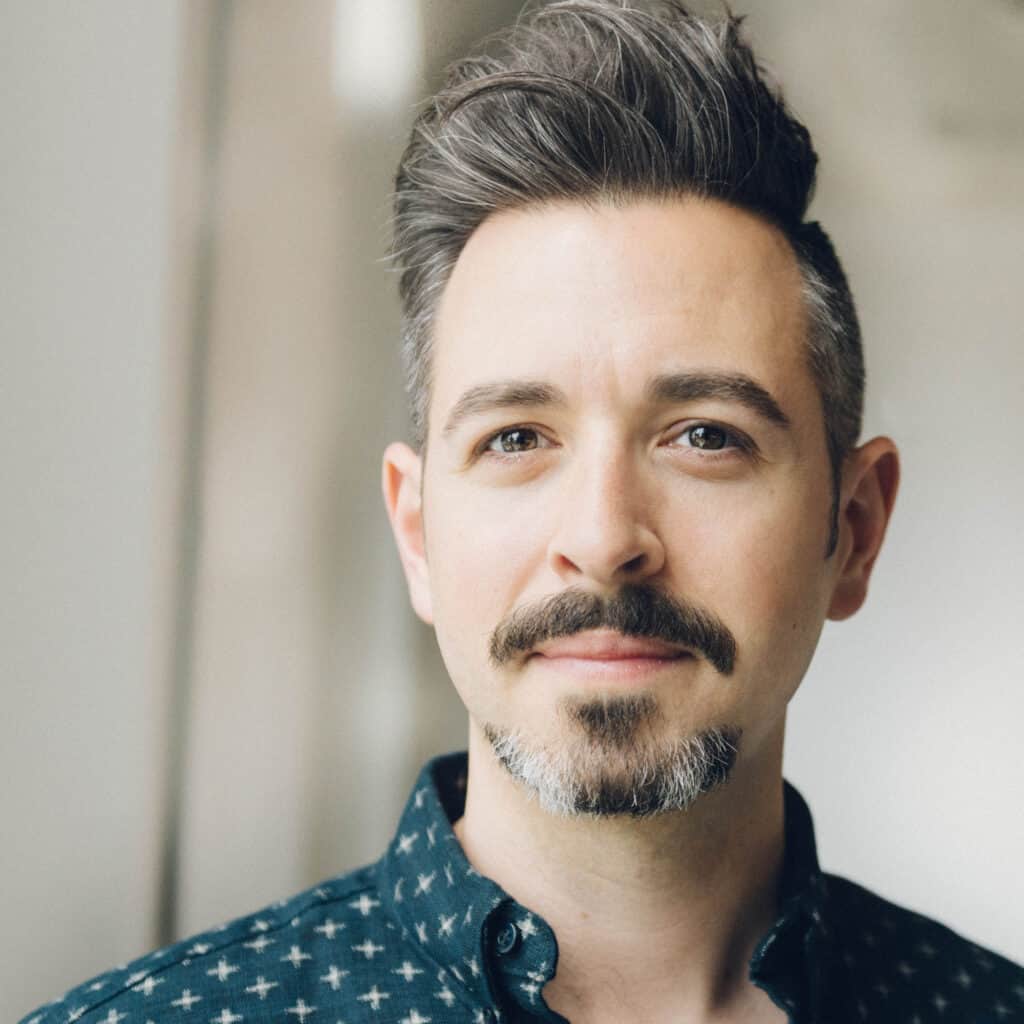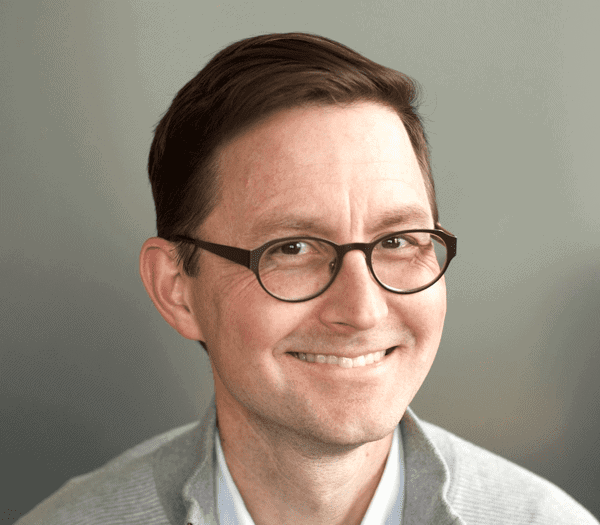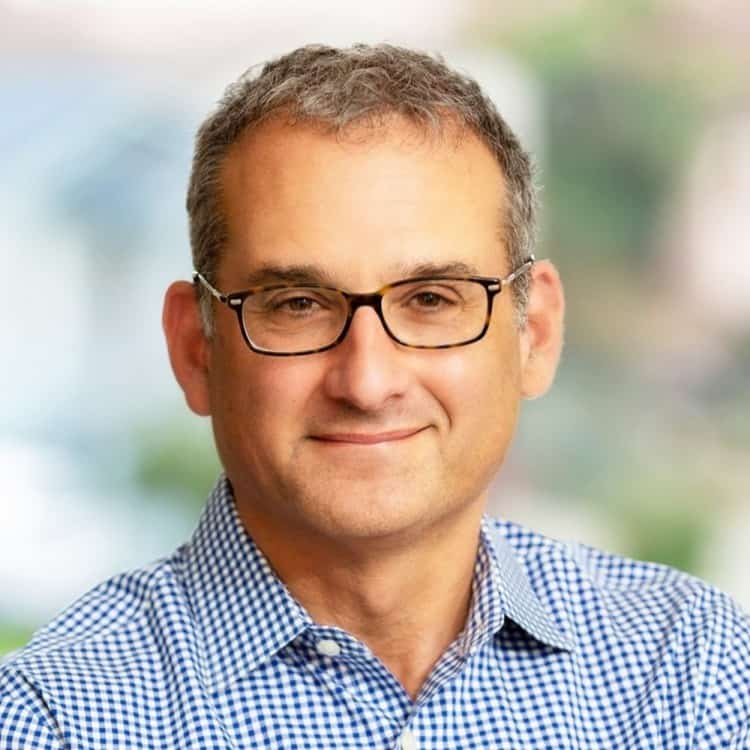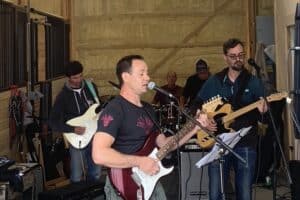Episode Summary
Episode 124 of SaaS-Story in the Making
Steve talks with Matt Wolach, host of the SaaS-Story in the Making podcast, about the lessons he’s learned building and scaling a bootstrapped company as the CEO of Verblio. He also shares the components of an effective content marketing strategy, the trends he sees in the evolving gig economy, and why he invests so heavily in Verblio’s team and company culture.
???? Get smart: “Content is catching up with humanity. It’s no longer about beating the Google machine in order to rank—you have to write quality content that your users actually want to read.”
Podcast-at-a-Glance
???? Podcast: Saas-Story in the Making
????️ Host: Matt Wolach, a B2B SaaS sales coach, entrepreneur and investor
???? In his own words: “Each week we talk with those who have succeeded and inspired in the world of software. How they did it, what advice they have, and what’s coming in the future with new innovation.”
???? Two of our favorite episodes: “How Customer Success has Shaped the Future of SaaS” with Gainsight CEO Nick Mehta, and “Marketing Strategies for Turbulent Times” with Directive CEO Garrett Mehrguth
Top Tips from This Episode
Bootstrapped? Focus on discipline and execution, not grand strategy ????
As Verblio’s CEO, Steve understands the difference between running a venture-backed firm and running a bootstrapped startup. “In a bootstrapped company,” he says, “you don’t get the opportunity to make big wild bets.” You have to make the right incremental choices that pay off, every time.
Recalling when he got his MBA, Steve shares that “All of our classes were about those big one-off decisions—like that moment when you’re going to create your strategy or make that big investment. And so little of it was actually about executing.” Execution, though, is 99 percent of what you need to do. “So much of success is showing up every single day and getting those little things right,” he says, “and being bootstrapped makes that all the more valuable, because that’s what you have.”
Incorporate your target clients in your content creation ????
By making your content collaborative, you can get more from it than just your usual SEO advantages. “If you incorporate your target clients into your content, your target clients are going to like you more,” Steve says. “If you have a podcast where you bring them on and they start talking about it, you not only get to have them be a representative for you—as opposed to trying to sell to them—you’re also learning from them every time you talk to them.”
This is just one way to implement Andy Crestodina’s concept of “zero waste marketing.” It allows you to get value from your content before it’s even published by connecting you with your target audience, transforming content marketing from an exclusively long-term game to a channel with more immediate returns.
Don’t be afraid to invest in intangibles ????
“We in startup land are constantly trying to prove things,” Steve says, “as opposed to just knowing that this is the right thing to do.” This applies to content marketing, where you may know only that your organic traffic is rising every month, without knowing which channel to attribute it to. In that regard, not a lot has changed in the 100+ years since John Wanamaker said “Half the money I spend on advertising is wasted; the trouble is, I don’t know which half.”
This concept of unattributable value applies to your company culture, too. If you put in the effort to build a great culture with the right people—team players who are passionate about what they do—it will pay off in less turnover and less time spent recruiting, and your clients will take note. “Culture pays off in so many ways. It’s very like content marketing,” Steve says. “Your clients will like you more because you have a really enthusiastic team and they want to work with you.”
Episode Highlights
Conversion starts with knowing your story
“You’ve got to get your story down, and then every piece of your story needs to come out through each piece of content. And if you’re telling that in an authentic way and actually answering your clients’ questions but also doing it with a specific point of view that comes from your company—why you’re different, why you think what they should be doing is different and how you’re guiding them—I think you’re going to close more clients.”
The next trend in the future of work? SaaS meets skilled labor
“When you think of the two big trends in gig economy work, I think of the buckets being Uber—where you have hyper-commoditized labor, where people are just widgets in the machine and the machine delivers the service and the user experience is great, and it really follows some of the main tenets of SaaS. You’re delivering availability, scalability, affordable price, and the service just works, but people are really in the background…
And then you have the other side, which is more like the marketplace of ‘Come and find your talent here.’ You’ve got your Upworks, Fiverrs, Craigslist—and I think those are all great, but they just replicate the same challenge of every other employment opportunity. You need to find the right person, you need to curate them, develop an individual relationship. They may or may not be available after you sink all of this effort into them when you actually need them. And it creates this level of frustration of ‘Man, I had access to the best talent, but I didn’t actually get to use them.’
So I really think the next evolution is, how do you bring this together with skilled labor so you have that deep expertise of the SaaS world—where you go deep into a work type, you have a better user experience, you understand that work type better than anybody else and offer that availability and scalability to your clients in a way that nobody else can—but with the skilled labor that’s already curated and already motivated to deliver for those clients?”
Get more from every piece of content ♻️
“It’s multi-purposing your content—kind of the ‘zero waste content’ philosophy of ‘Hey, we’re doing this podcast today. After we’re done with this podcast, I’m going to have one of my writers write this up in a 1500 word summary and I’m going to have all of my ideas in there, and that’s going to be a really easy way to repurpose it. Then I’m going to turn it into a video that goes on top of it, and then I’m going to share it back with you.’
So, how can you use every piece of content that’s in your company and make them more effective as opposed to starting from step one?”
Don’t build your product for a single client
“One client who pays you a lot of money is not a market to follow. Five who pay you a lot of money to follow a market means that you should build a product for them.
I think the number one mistake I have made, or companies that I’ve been involved in have made, is we have one giant client who has a lot of glory that the board gets excited about, they talk about their brand name. They love your product. ‘If you would just do this’—and then we did ‘this,’ and it turned out either they were the only one, or they didn’t even follow up on it afterwards.”
Not everything of value can be easily measured
“Your business trends are going to go up and down, but if you have a strong team that can nimbly respond to it, and you like working there—this is your job every day. You should love it. They should love it. It’ll come back and pay off even if you can’t measure it and tell your board that you got an 85 percent return on investment for your last company offsite.”
Top Quotes
????️ Steve:
[6:18] “If you’re the only one in your space, you don’t actually have a space.”
[9:53] “If you’re in it for the long haul, then content is really—I can’t advocate it more. And if you have VCs backing you and you have to prove your point in six months and if you don’t have clients you’re gonna die—then you should really use paid advertising.”
[12:03] “SEO refreshes: You already have a lot of content. How do you spruce up the stuff that’s working and keep them as a vibrant type of content so they keep ranking higher, as opposed to just one-and-done?”
[15:46] “So much of success is showing up every single day and getting those little things right.”
[19:35] “Content is catching up with humanity. It’s no longer about beating the Google machine in order to rank—you have to write quality content that your users actually want to read, that answers their questions.”
[21:15] “It’s great to be a marketplace SaaS company because you can test out things so quickly without having to build a product to get there.”
Learn More
Check out the names behind some of the ideas Steve references on the show.


Andy Crestodina
Steve quotes Andy on the difference between advertising and content marketing [9:41] and references his ideas on collaborative content and zero waste marketing [11:15]
????️ Andy on the web: Orbit Media | LinkedIn | Twitter
Photo credit: https://www.orbitmedia.com/team/andy-crestodina/

Andy Raskin
Steve references Andy on the importance of establishing your company’s strategic narrative [7:20]
????️ Andy on the web: Andy Raskin | LinkedIn | Twitter
Photo credit: https://www.linkedin.com/in/andyraskin/



